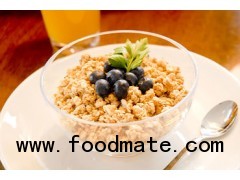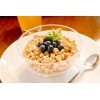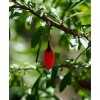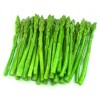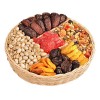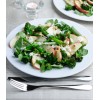The basic process of freeze-drying food was known to the ancient Peruvian Incas of the Andes. Freeze-drying, or lyophilization, is the sublimation/removal of water content from frozen food. The dehydration occurs under a vacuum, with the plant/animal product solidly frozen during the process. Shrinkage is eliminated or minimized, and a near-perfect preservation results. Freeze-dried food lasts longer than other preserved food and is very light, which makes it perfect for space travel. The Incas stored their potatoes and other food crops on the mountain heights above Machu Picchu. The cold mountain temperatures froze the food and the water inside slowly vaporized under the low air pressure of the high altitudes.
Freeze-drying is method for preserving materials, which are unstable in solution. In addition, freeze-drying can be used to separate and recover volatile substances, and to purify materials. The fundamental process steps are:
Freezing: The product is frozen. This provides a necessary condition for low temperature drying. Vacuum: After freezing, the product is placed under vacuum. This enables the frozen solvent in the product to vaporize without passing through the liquid phase, a process known as sublimation. Heat: Heat is applied to the frozen product to accelerate sublimation. Condensation: Low-temperature condenser plates remove the vaporized solvent from the vacuum chamber by converting it back to a solid. This completes the seperation process.
Applications of Freeze-Dried Fruits in Confectionery Products In freeze-drying, moisture sublimes directly from the solid state to vapor, thus producing a product with controllable moisture, no need for cooking or refrigeration, and natural flavor and color


